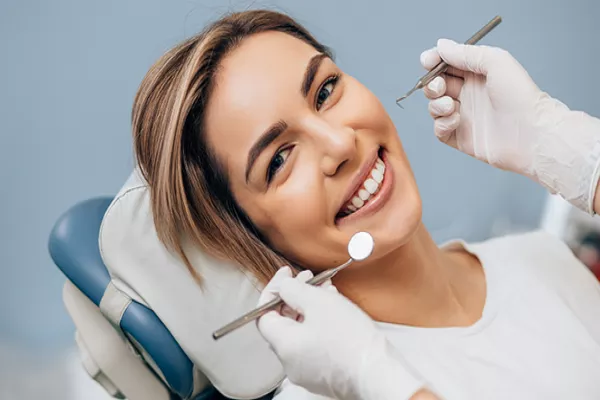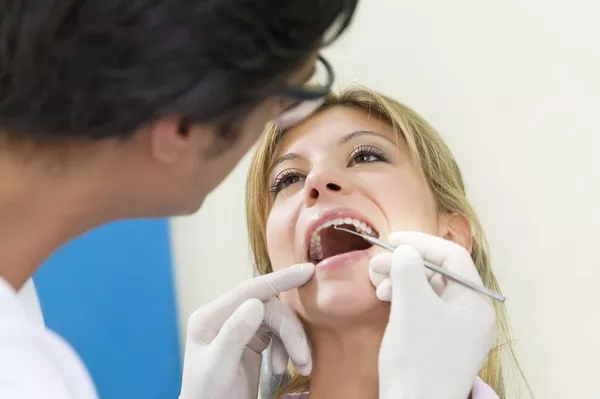In the quest for a radiant smile and optimal oral health, many individuals find themselves pondering the financial aspect of getting their teeth straightened. Understanding the costs associated with orthodontic treatments is crucial for making an informed decision that aligns with both dental needs and budget constraints. In this comprehensive guide, we’ll delve into the intricacies of teeth straightening costs, exploring various options and shedding light on affordable solutions.
Traditional Braces: The Time-Tested Choice
When it comes to teeth straightening, traditional braces remain a popular and effective choice. The cost of traditional braces can vary based on factors such as the severity of misalignment, treatment duration, and geographical location. On average, one can expect to invest between $3,000 to $7,000. However, it’s important to note that these braces are often covered by dental insurance, making them a viable option for many.
Factors Influencing Traditional Braces Cost:
Severity of Misalignment: The complexity of the dental issues to be addressed influences the overall cost.
Treatment Duration: Longer treatment periods may incur higher costs.
Geographic Location: Prices may vary based on the cost of living in different regions.
Affordability Tips:
Explore dental insurance coverage options.
Inquire about flexible payment plans with orthodontic providers.
Invisible Marvels: Exploring Invisalign Costs
Invisalign has revolutionized the world of orthodontics, offering a discreet and flexible alternative to traditional braces. The cost of Invisalign treatment typically ranges from $3,000 to $8,000, with variations based on individual treatment needs and provider fees. Although slightly pricier than traditional braces, the aesthetic benefits and convenience often outweigh the cost differential for many patients.
Factors Influencing Invisalign Costs:
Treatment Complexity: More complex cases may require additional aligners, impacting the overall cost.
Provider Expertise: Experienced Invisalign providers may charge higher fees.
Geographic Location: Urban areas may have higher treatment costs.
Affordability Tips:
Inquire about Invisalign-specific financing options.
Check for insurance coverage or employer-sponsored dental plans.
Affordable Alternatives: Embracing Cost-Effective Options
For those seeking budget-friendly orthodontic solutions, there are alternatives worth exploring. Clear aligners, such as SmileDirectClub or Candid, offer at-home teeth straightening kits at a fraction of the cost of traditional orthodontic treatments. The average cost ranges from $1,800 to $2,500, making them a compelling choice for mild to moderate misalignments.
Factors Influencing Clear Aligner Costs:
Treatment Complexity: Mild to moderate misalignments are typically more affordable to address.
Kit Inclusions: Some providers offer additional products, impacting the overall cost.
Affordability Tips:
Research customer reviews and satisfaction rates.
Consult with a dental professional to ensure eligibility for at-home treatments.
Insurance Insights: Navigating Coverage for Orthodontic Treatments
Understanding your dental insurance coverage is paramount in managing teeth straightening costs. While coverage can vary, many insurance plans offer partial reimbursement for orthodontic treatments. Verify the specifics of your plan, including coverage limits, waiting periods, and pre-authorization requirements.
Key Insurance Considerations:
Orthodontic Coverage Limits: Some plans have lifetime limits on orthodontic benefits.
Waiting Periods: Be aware of any waiting periods before orthodontic coverage kicks in.
Pre-Authorization: Ensure pre-authorization is obtained before commencing treatment.
Affordability Tips:
Regularly review and update your dental insurance coverage.
Consult with your orthodontist’s billing department for assistance with insurance claims.
Government Assistance Programs: Exploring Financial Aid
In certain cases, financial constraints may seem insurmountable. However, various government assistance programs, such as Medicaid, may provide avenues for financial aid. Research eligibility criteria and application processes to determine if these programs can help alleviate the financial burden of orthodontic treatments.
Government Assistance Criteria:
Income Eligibility: Programs often consider household income in determining eligibility.
Dental Necessity: Some programs require proof of the medical necessity of orthodontic treatment.
Affordability Tips:
Reach out to local social service agencies for guidance on available programs.
Gather necessary documentation to support your application.
In conclusion, the cost of getting your teeth straightened is a multifaceted consideration that involves various factors. By exploring traditional braces, Invisalign, affordable alternatives, insurance coverage, and government assistance programs, individuals can make informed decisions that align with both their oral health needs and financial circumstances. Remember, a straighter smile is an investment in both confidence and well-being, and with the right information, it can be a financially manageable one.
Related Links:
How does invisible aligners work?
How to fix overbite teeth at home?
Why do my teeth click when i push on them?































